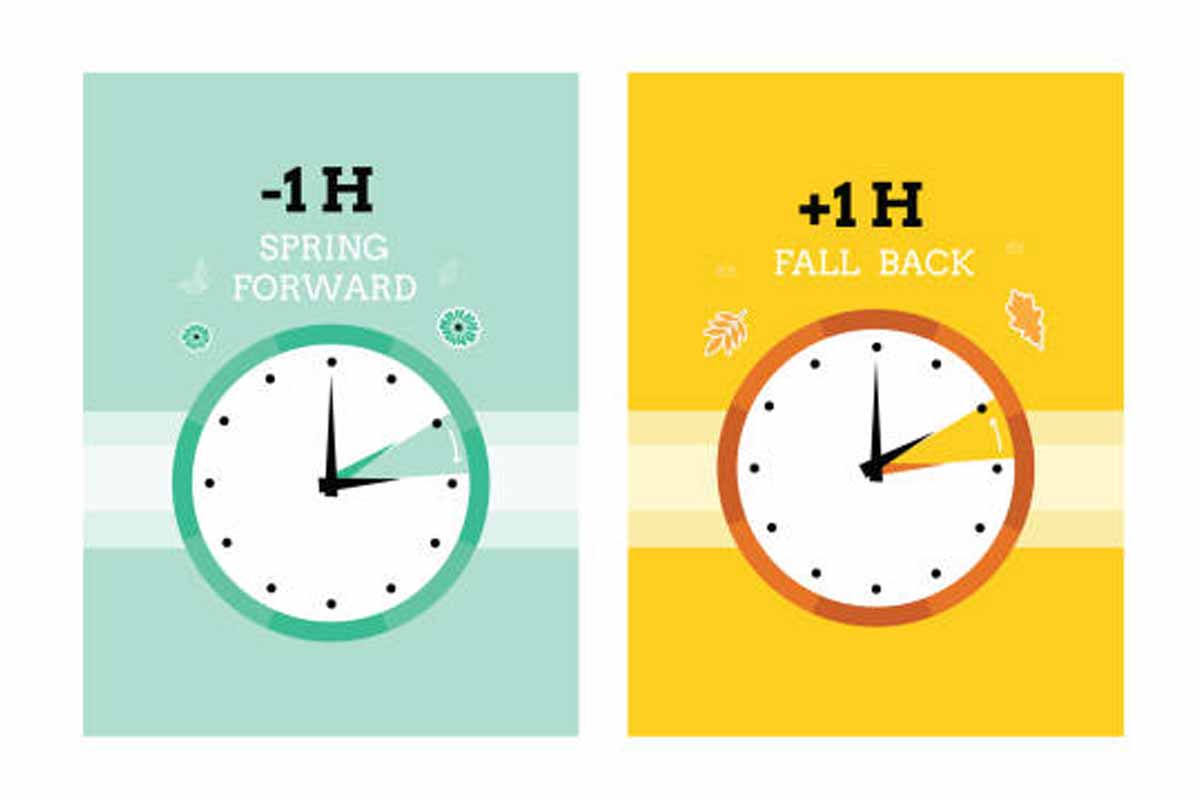Small shifts on a clock can unsettle a whole day, yet they also offer a clean reset. As Daylight Saving Time reaches its endpoint, the extra hour feels like a gift, and routines still deserve care and intention. With a few simple moves, you protect sleep, lift mood, support focus, and keep plans steady, so the season’s darker evenings arrive with less stress and more ease. Simple steps, stacked together at the right moments, turn a tricky reset into a calm transition.
What actually changes and why it matters
In the United States, time falls back on the first Sunday of November at 2:00 a.m., which returns clocks to Standard Time. Phones and computers update on their own, although ovens, microwaves, and dashboards usually do not. People often switch those before bed so Sunday starts clean, and confusion stays low.
The change gives most people a bonus hour. Bodies do not always agree with that math, because your internal clock moves slower than software. Morning light arrives earlier, while night falls sooner. As Daylight Saving Time ends, plans that felt bright shift into darkness, so workouts, commutes, and errands feel different.
Because social plans and family routines anchor behavior, a sudden light change can unsettle kids and night owls. Seasonal affective disorder can also flare as daylight shrinks. You reduce that risk when you lean on morning light, consistent schedules, and cues that tell your system when day starts and evening winds down.
Health and routine resets after Daylight Saving Time
Sleep shifts can bring fatigue, brain fog, and mood dips while patterns stabilize. Shorter afternoons complicate homework and sports, and traffic feels different after dusk. The fall switch is easier than spring’s jump forward, yet alertness still wobbles for several days, so a calm plan steadies mornings and protects energy.
Start by nudging bedtime earlier by fifteen to twenty minutes across a few evenings. Keep your wake time locked, even on Sunday, because regularity anchors rhythm. Use morning light as a signal; open curtains quickly and step outside so your brain reads the cue and melatonin quiets naturally.
Dim household lights in the evening and tame screen glow, which strengthens melatonin release. Skip late caffeine and heavy snacks to keep sleep deep. Short naps help when needed, and they work best under twenty minutes. Gentle exercise during daylight speeds adaptation, lifts mood, and supports a clear head while routines settle.
Safety, visibility, and smart home checks
Earlier sunsets reduce visibility for drivers, walkers, and cyclists, which raises risk at intersections and busy corridors. Shift errands earlier when possible, and choose reflective gear that pops in headlights. Plan routes with lit paths and familiar turns to lower stress, maintain pace, and keep commutes safer as evening darkness arrives sooner.
Treat the seasonal switch as a cue for prevention at home. Test smoke alarms, replace old batteries, and press the button on carbon monoxide detectors. A few minutes buys real protection. Firefighters promote this habit now because the reminder is timely and simple, and tied to colder months when heating runs longer.
A simple checklist keeps life tidy: set clocks back, check detectors, adjust sleep a bit earlier, seek morning sunlight, and limit bright screens at night. Together, those steps balance convenience with health, so the end of Daylight Saving Time feels manageable, and your schedule, energy, and safety line up again.
Who follows the rules, and what lawmakers debated about Daylight Saving Time
Most states change clocks; a few places do not. Arizona, except the Navajo Nation, stays on Standard Time all year. Hawaii also opts out, and territories including Puerto Rico and Guam keep a steady schedule. Local needs and latitude shape these choices, which is why national maps include pockets that never move.
In 2022, the U.S. Senate passed the Sunshine Protection Act to keep summer hours permanent. The bill did not become law, so the current rules remain. Supporters argue fewer switches reduce disruption and help evening activities, while critics warn that late sunrise times could harm health, particularly for students who need earlier light.
Because experts diverge, the conversation continues. People value brighter evenings, yet bodies respond best when morning light arrives earlier. Communities balance commerce, safety, and sleep biology while they weigh options. Until rules change, planning around the known schedule remains the practical move, and small habits soften every seasonal reset.
Dates, devices, and a crisp plan that removes confusion
This year, the switch lands on Sunday, November 2, 2025, at 2:00 a.m., when clocks roll back one hour. Phones, tablets, and computers update on their own, yet microwaves, ovens, and dashboards need a manual touch. Tweak them before bed so alarms match morning reality, and the first cup of coffee arrives on time.
Create small anchors that feel easy. Lay out reflective gear near the door for after-work walks. Move a lamp closer to where you stretch or read, because friendly light helps the brain settle. Keep your sleep window consistent, and hold social plans lightly, since earlier sunsets shift energy for a few days.
Write a five-point reminder on a sticky note: clocks back, detector batteries, early bedtime nudge, morning sunlight, and calm screens after dinner. Tape it where you will see it. With that, the close of Daylight Saving Time becomes predictable, and the season’s darker evenings feel gentler, steadier, and surprisingly productive.
One extra hour works best when intention guides energy and daily choices
You gain an hour, and your body still needs cues to settle. Respect light, hold a steady wake time, and put safety on autopilot. With a brief checklist and kind routines, the shift out of Daylight Saving Time protects focus, supports mood, and sets you up to enter longer nights feeling prepared rather than drained. Small, timely choices add up, and the season bends back in your favor. Keep them simple, repeat them daily, and the adjustment passes almost without friction.
